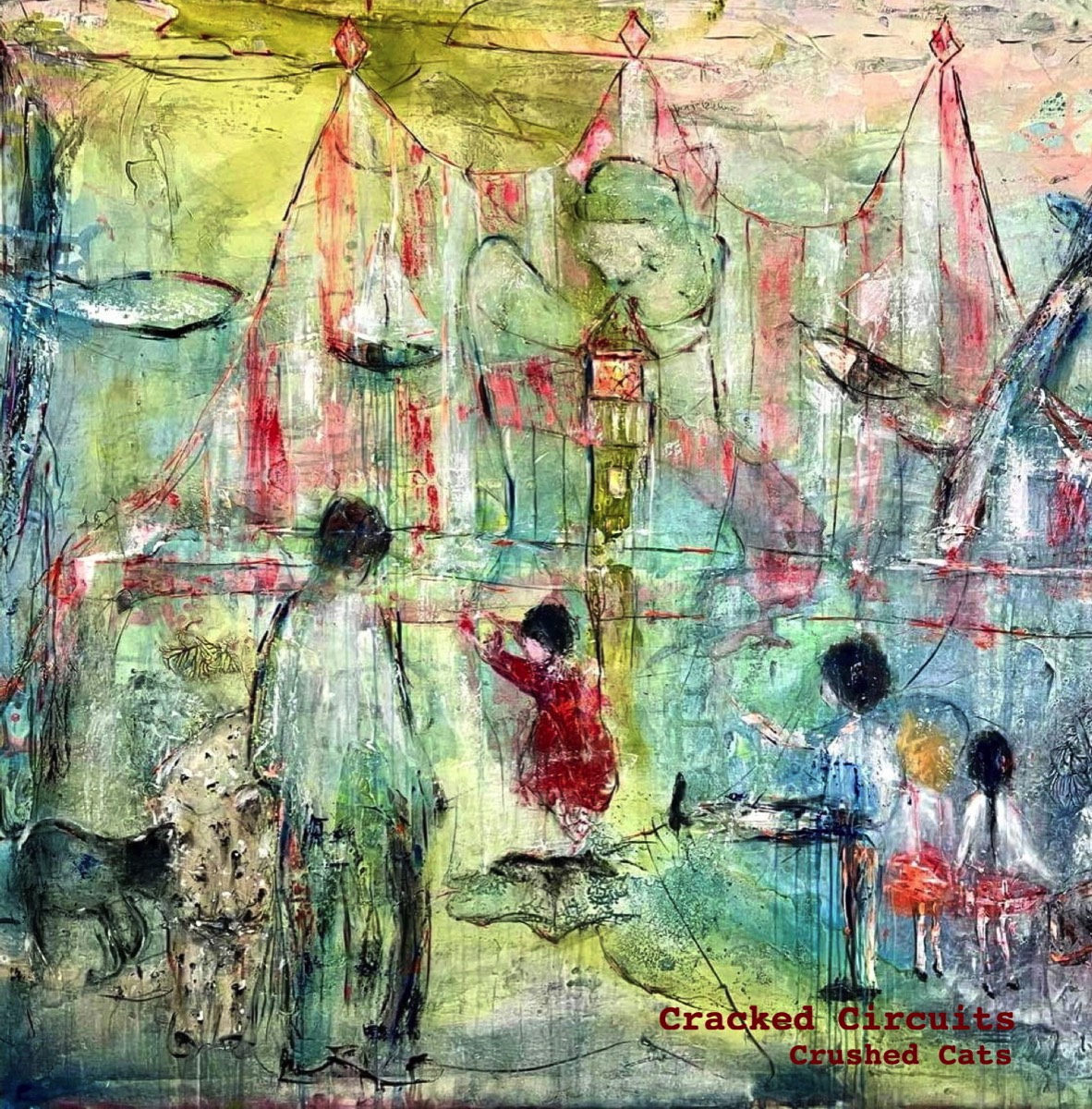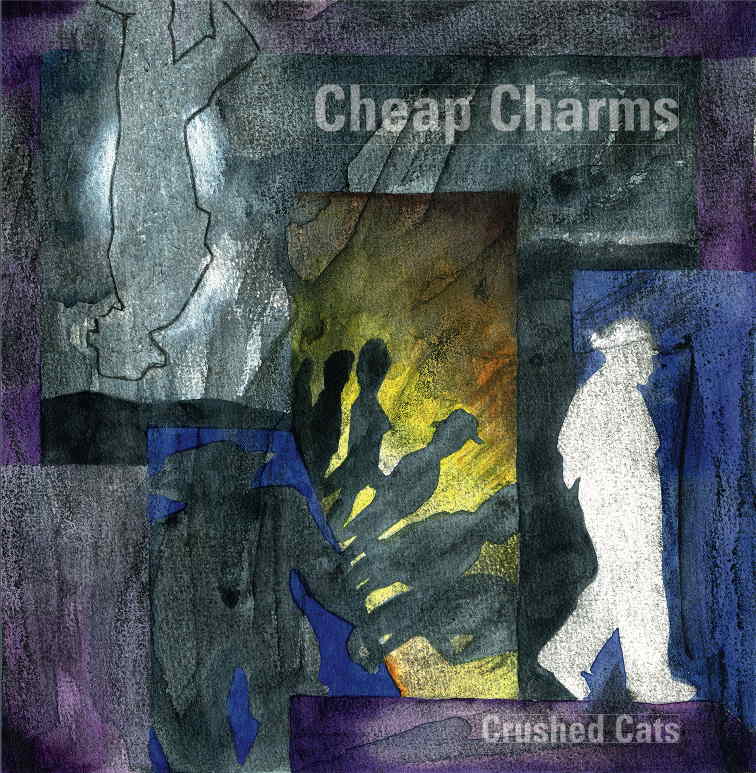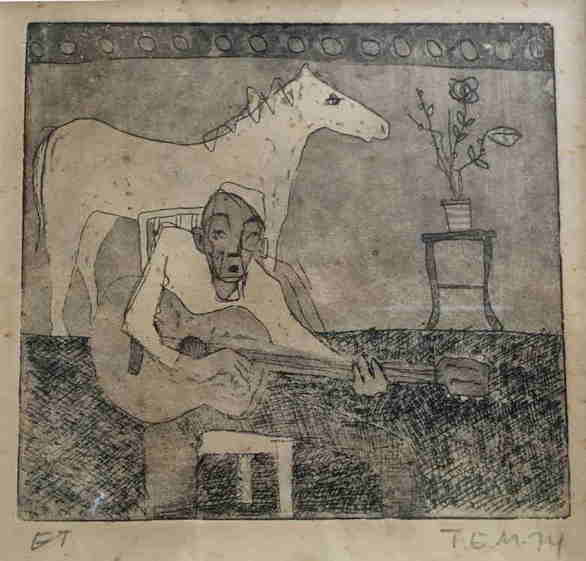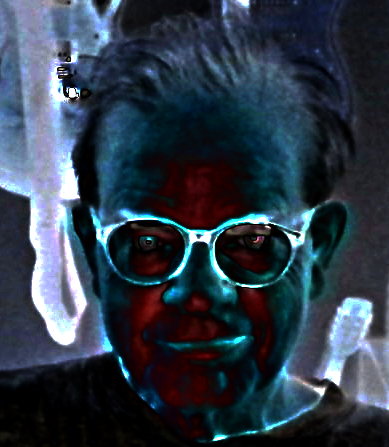The Singspiel – which ignores the fact that it was actually Cain's parents, Adam and Eve, who broke the spell and chose the reflexive, abstract way of being: to live in language, excluded from the world (a perspective that deserves its own chant) – is composed of a series of separate tableaus, each of which refers to at least one of five selected main figures in the myth: Cain, Enoch, Jabal, Jubal and Tubal-Cain.
By means of simple textual and popular musical manoeuvres, the tableaus project these figures into a kind of present, in which they are portrayed as enclosed stereotypes.
The singspiel is divided into three parts, each signifying different dramatic spaces: the stage (1-5- 9-11-13), history (2-4), exemplary archetypes as they occur in present time (6-7-8-10-12-14-15-16).
The first number or opening scene, Identities on Parade, is a kind of entry march, in which all actors are wearing masks and play percussion. They either walk around in circles or stand petrified singing 'mechanically' directly to the audience.
Conversely, In the City of Enoch is almost a dramatic directorial commentary, in which the observer, the narrator, seems spellbound by the evocation of the city of evil – the cradle of civilization, whose name coincides with that of its tyrannical ruler, Cain's son, Enoch.
In the subsequent almost watercolor-like tableau, The Fairest One, a dazed Cain appears on the stage, who, horrified by Enoch's work, seeks into everyday life, where, in a simple and straightforward, but also rather cute song, he praises his wife - the nameless primordial mother...
The authors of the past turn up in Migration, where the special genesis that applies to Cain's family is mapped out and makes clear the paradoxical relationship that it is Cain's great-great-great-great-great-grandchildren who are respectively the ancestors of "those who live in tents and raise livestock" (Jabal), "who play stringed instruments and pipes" (Jubal) and "who forged all kinds of tools out of bronze and iron" (Tubal-Cain).
In his first, independent contribution, Let's Escape Into the Seventies, Jabal – incarnated as a high-school teacher – chooses to suspend the 'text of the day', a classic Jabal act. Instead of fulfilling his shepherding duties, leading his flock through pensum, he chooses a kind of musical game of rounders, whereby he can also recall his own high school days. Again, the past, the familiar, appears safe and malleable.
In Calling All Assistants, however, it becomes clear that Jabal's work as a teacher. leader, organizer, politician, researcher, administrator, etc. is closely associated with uncertainty, despair, and with a feeling of great and unfathomable loneliness which continuously feeds an insatiable need for attention and confirmation. A form of formalized narcissism.
Now Tubal-Cain turns up again. This time in the self-confident incarnation as an indolent peddler, who under the cover of darkness and with all sorts of means and methods skims everything that can be skimmed. By now, this Tubal-Cainian complex of shadowy activity is also deeply embedded in the digital darkness as algorithms and procedures, a swarm of Moonlight Procedures.
While he lazily and disinterestedly wanders around a run-down and demonstratively simple apartment, a modern Jubal throws himself rapturously into a self-torturous daydream in East Berlin. Daydreaming is dominated by the notion that true art can only be created in need and adversity: in spite. The images of the destitute loner, the persona unattainable in the modern West, the true artist, float lazily across an inner canvas and evoke a state of mind, full of self-satisfying pain, regret and voluptuousness.
Jabal is in Formentera (A Dandy Doze) overcome by sudden disbelief and insecurity, which he immediately tries to overcome in an inner dialogue with his alter ego. His desire to achieve control and tranquility leads him to try out various practices and regimes that belong to Jubal's domains. But Jabal's alter ego has another plan.
The various present-day incarnations of the three great-great-great-great-grandchildren experience increasing uncertainty and indefinite anxiety. Now trying to escape and escape from themselves, they adopt a strategy of humble submission where they surprisingly worship the manifest deity of modern technology, Major Minor, an otherworldly entity completely unrelated to Yossarian's masters and, for that matter, to Henry Fonda.
In the final scene, Artist, no Artisan, where Jubal is in the lead, all actors and audience unite in 'the almighty confessional', where everyone almost shamelessly confesses that they just want to be praised and recognized for what they, completely effortlessly, just feel they are …
Identities on Parade [3:47]
In the City of Enoch [3:23]
The Fairest One [3:05]
Migration [4:57]
Enclosures Vignet I [0:14]
Sailor [1:57]
Let's Escape Into the Seventies [2:10]
Calling All Assistants [1:54]
Enclosures Vignet II [0:06]
Moonlight Procedures [2:55]
Enclosures Vignet IV [0:32]
East Berlin [3:08]
Enclosures Vignet III [0:13]
Formentera (A Dandy Doze) [2:26]
Major Minor [2:57]
Artist, no Artisan [3:46]
All material is composed, arranged, performed, programmed and produced by me.
Thanks for the smal borrow-like impulses from Laurie Anderson, Badalamenti, Bowie, Lennon, Zappa a.o. – right, there is a scent of past centuries.
Main motif in Identities on Parade and Vignets derives from En parlant d'entraînement
Recorded and programmed in Logic Pro at Strandvejen, Tranum i 2022.
Thank you: Lisbeth, Bendt, Mikael, Mogens, Hanne & Søren.
Illustration : collage: mk | hand: Juan C Palacios | silhouette: Zachary DeBottis | Cain's mark in the front derives from a drawing in an old English bible.
Release date:
21.12.2022
© 2022 Martin Knakkergaard
anachronica#5
℗ 2022 knakkergaard






